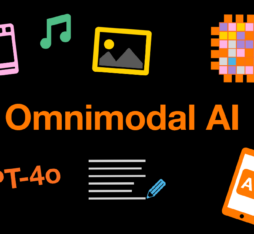Brain-Computer Interface
A Brain-Computer Interface is a Human-Machine Interface (HMI) of a particular kind, as it provides direct communication with the human brain. Through thought, a user can thus remotely control a computer or a smart object.
Freed from the chain of psychomotor reactions between the brain, the nerves, and the muscles, a BCI delivers much shorter response times than the traditional HMIs that are the keyboard, mouse, touchscreen, or voice assistant.
In order to “read” our thoughts, a BCI analyses the electrical activity of our brain, with each command given to our body responding to a series of electromagnetic pulses.
Although the first research work on the BCI started in the 1970s in the United States, today it is on the rise again thanks to the contribution of artificial intelligence. Commonly used for classifying content, such as photos of cats, deep learning technologies enable a very fine analysis of our brain activity.
There are two types of approach:
- Invasive BCI requires surgical intervention as it involves placing an implant under the scalp. The reading of brain signals gains in precision as the skull is no longer acting as a shield.
- With non-invasive BCI, the electrodes are places on a headset that measures the user’s electroencephalogram continuously.
BCI meets the requirements of many use cases:
It enables, for example, people with severe physical disabilities to regain mobility by driving an exoskeleton with thought. Thanks to a French research team, a 28-year-old tetraplegic patient managed to walk again (source: The Lancet Neurology).
GAFA are also looking very closely at these new brain-machine interfaces. Having been working on the subject since 2017, Facebook has developed a prototype that makes it possible to “write with thought” at a speed of 100 words per minute.
With Neuralink, also launched in 2017, Elon Musk aims to help people who have been affected by a stroke or by neurodegenerative diseases (Alzheimer, Parkinson). The boss of Tesla and SpaceX is thinking big, as ever: he evokes the idea of an augmented brain, as it would be directly linked to an artificial intelligence.
Read also on Hello Future




AI therapy: marketing hype and the hidden risks for users
Discover
Biodiversity in lakes: multimodal AI crunches eADN data to monitor pollution
Discover
Contraband: AI efficiently detects anomalies in shipping containers
Discover
Artificial intelligence: how psychology can contribute to AGI
Discover


